Analysis of Skin Care Product Expenditure: A Research Method Report
VerifiedAdded on 2020/04/21
|19
|2334
|360
Report
AI Summary
This report presents a comprehensive analysis of the factors influencing expenditure on skin care products. The research investigates the relationship between spending habits and variables such as gender, age, and the presence of allergies. Employing both quantitative and qualitative methodologies, the study utilizes t-tests and ANOVA to analyze data collected from a sample of 339 individuals, exploring the impact of various skincare product brands (cleansers, exfoliates, moisturizers, and sunscreens) and their associated costs. The quantitative analysis includes descriptive statistics, t-tests comparing spending and opinions across genders and age groups, and an ANOVA to assess expenditure differences between age groups. Qualitative data from interviews supplements the quantitative findings, examining factors beyond price that influence purchasing decisions, such as product reviews, financial status, and the importance of skincare routines. The results indicate that females tend to spend more on skincare products, while age does not significantly influence spending. The report also explores opinions on product prices and the impact of allergies on spending habits. The findings offer insights into consumer behavior and preferences within the skincare market.
1 out of 19
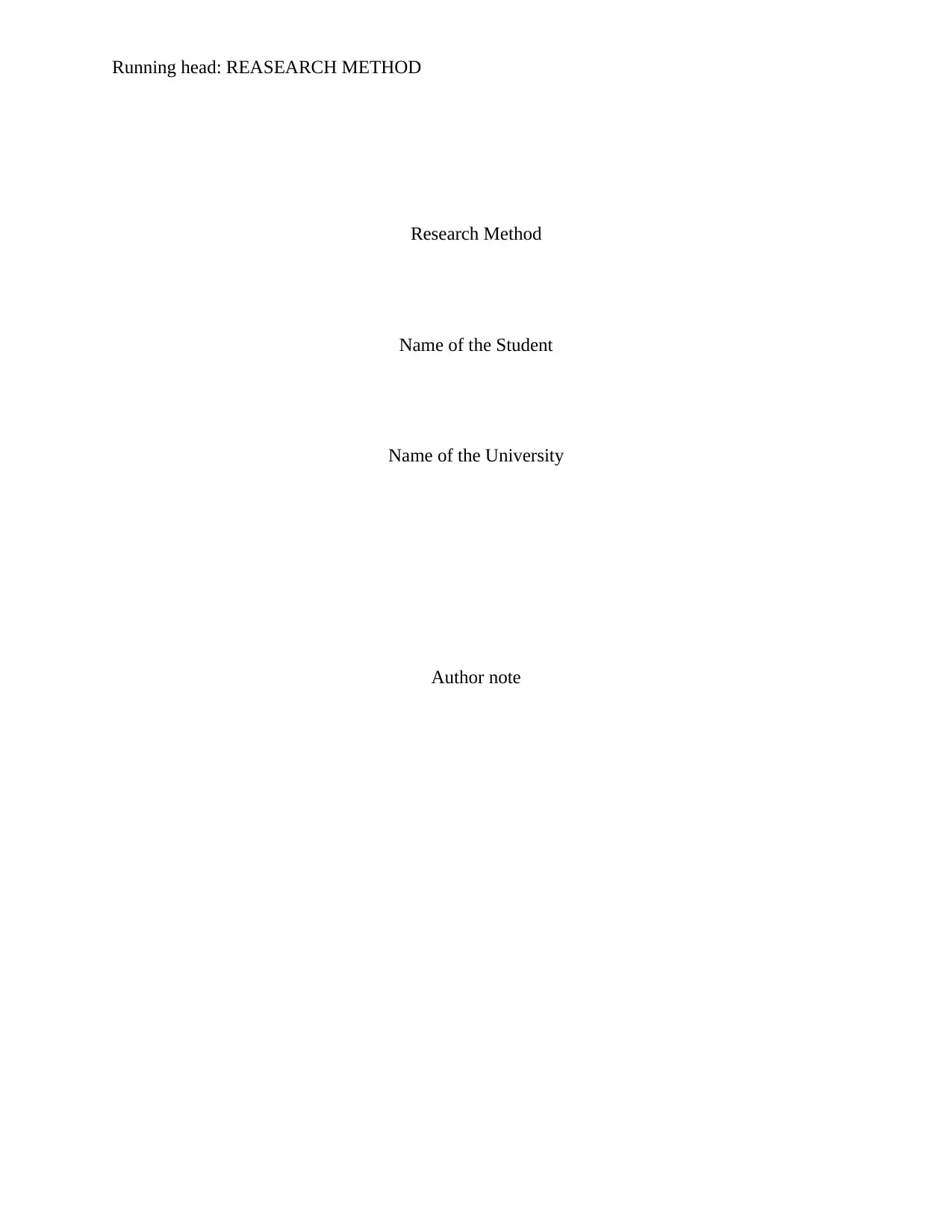
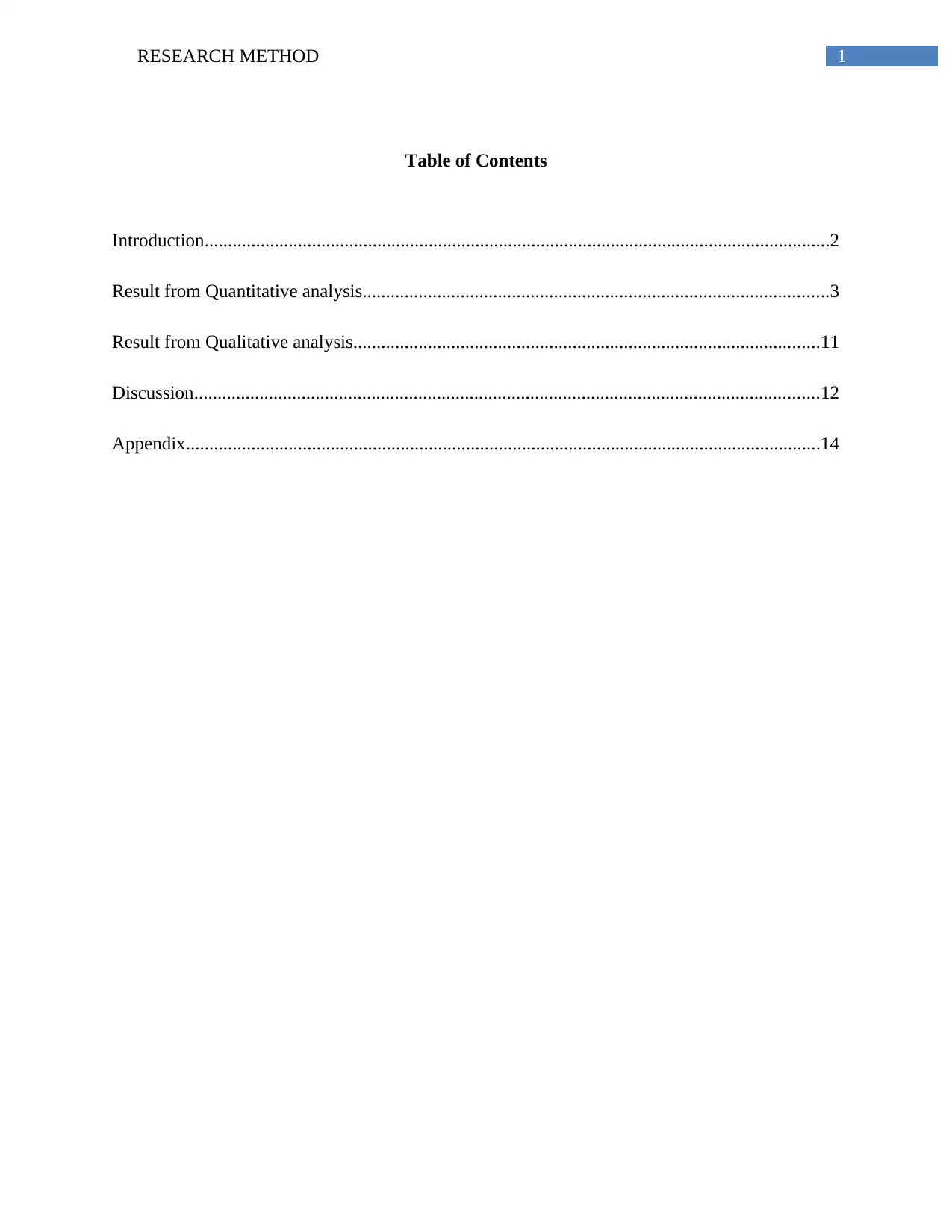
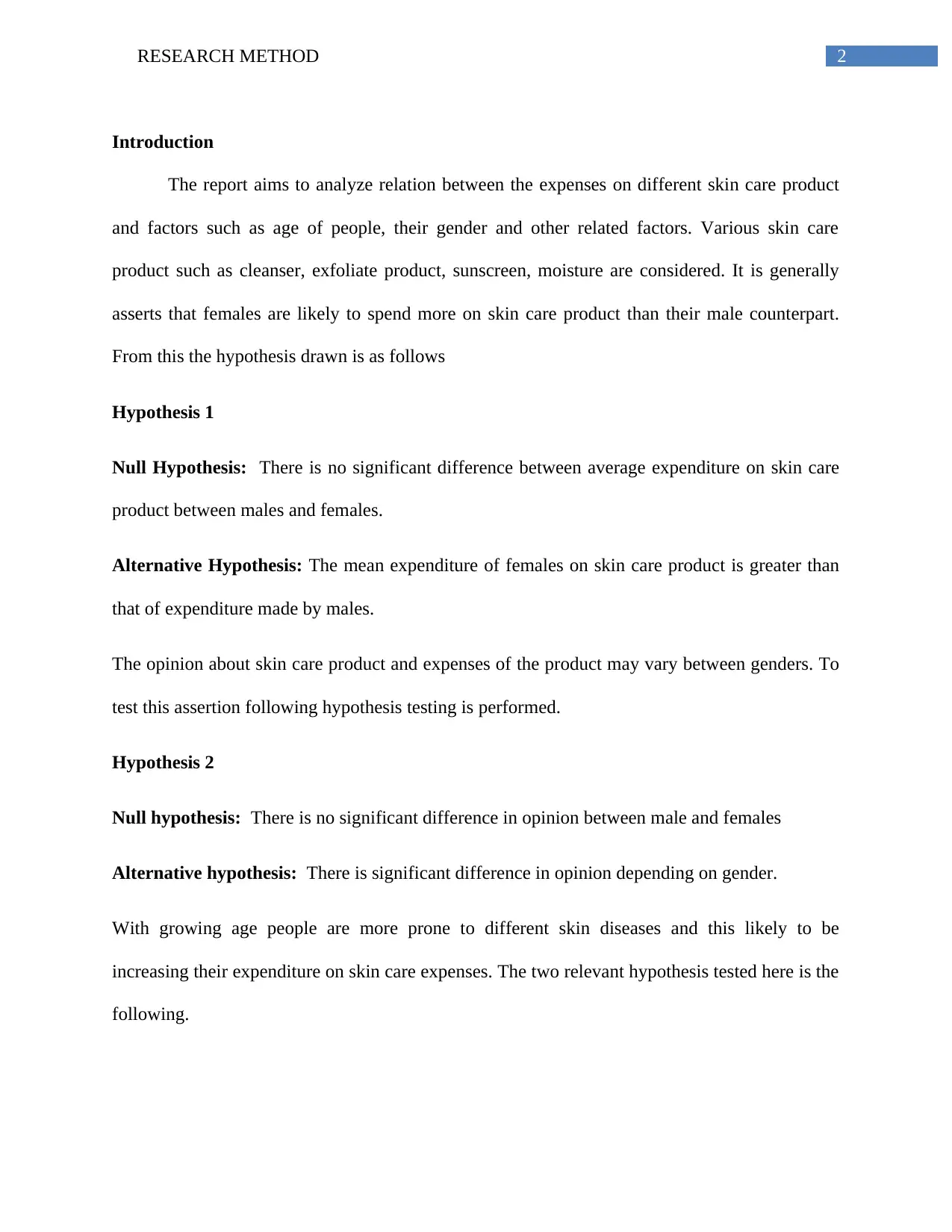

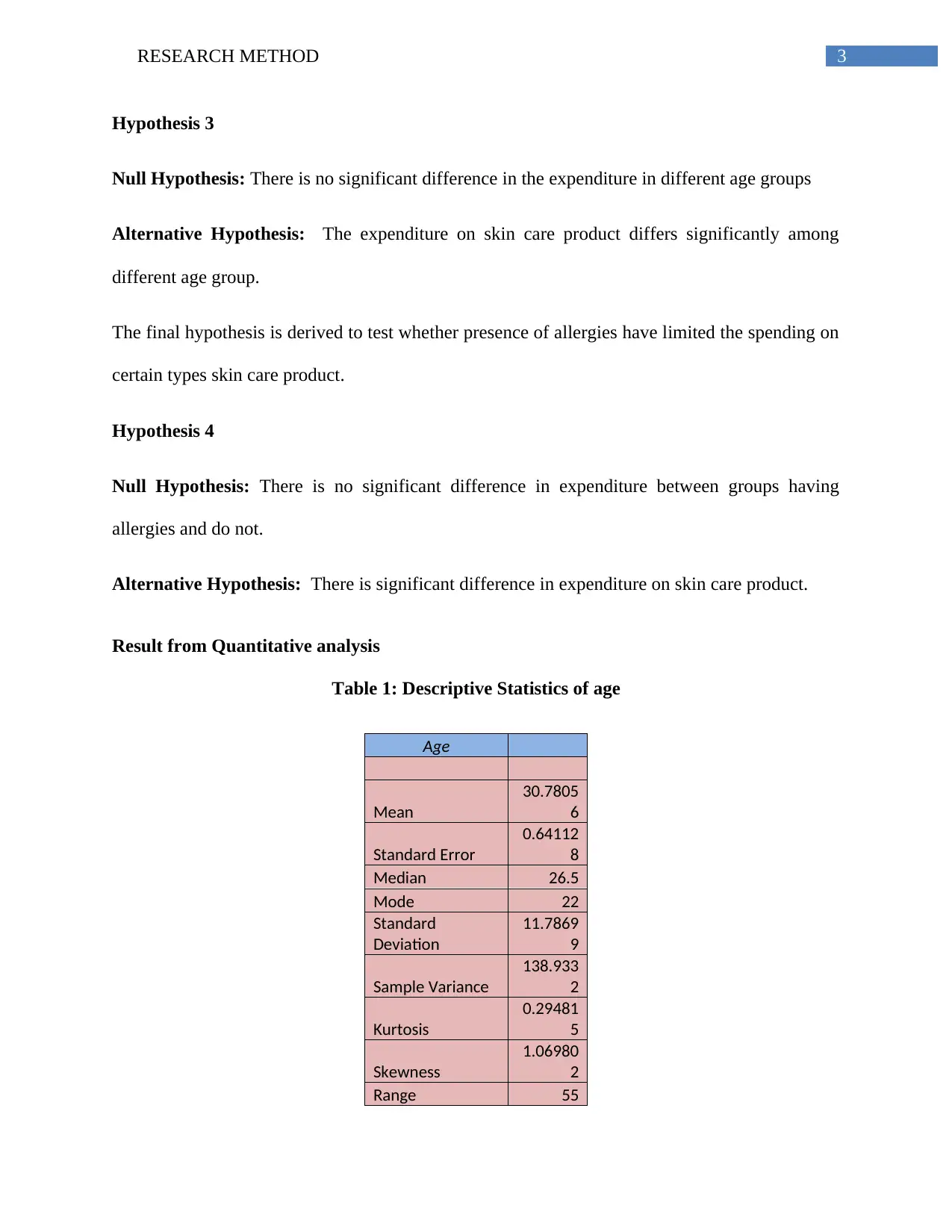

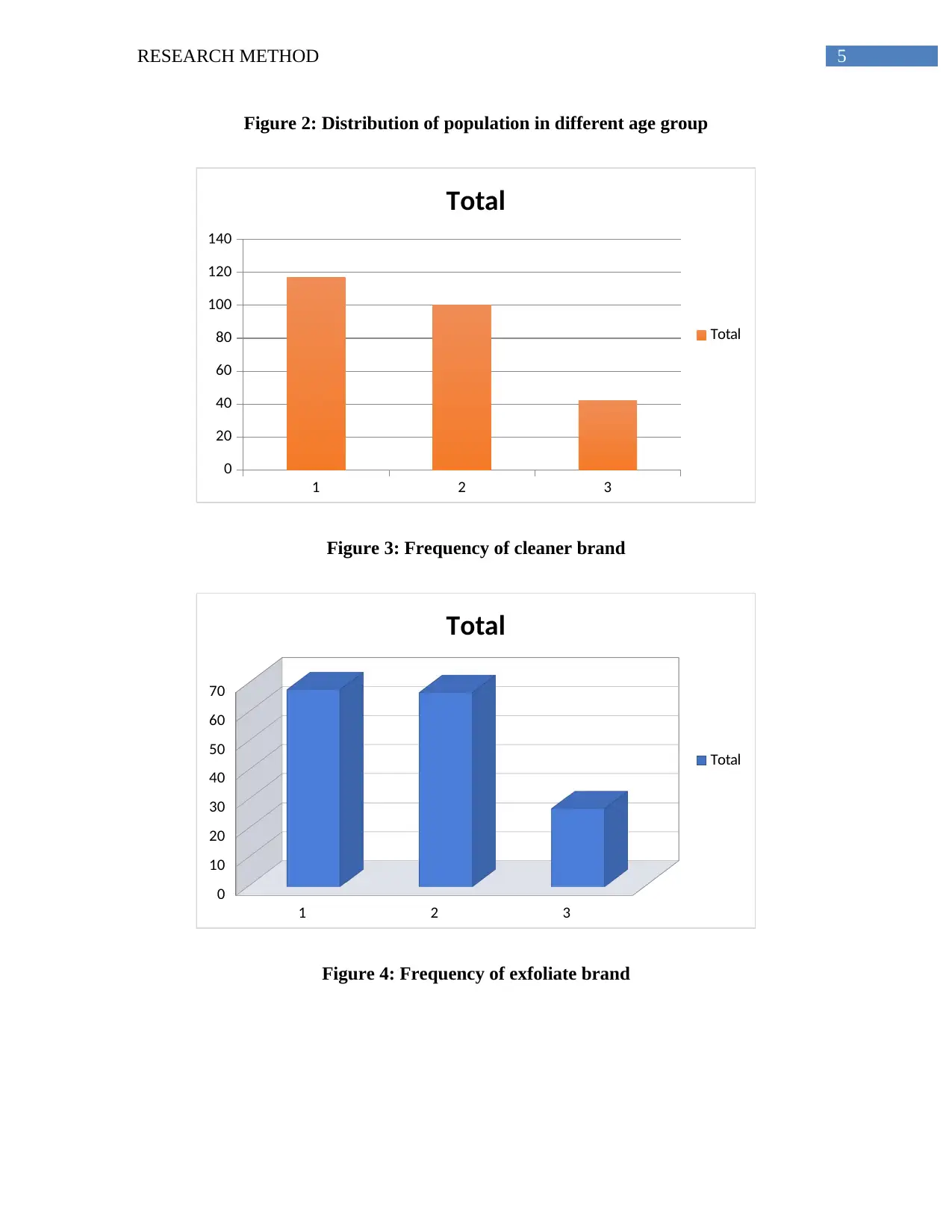

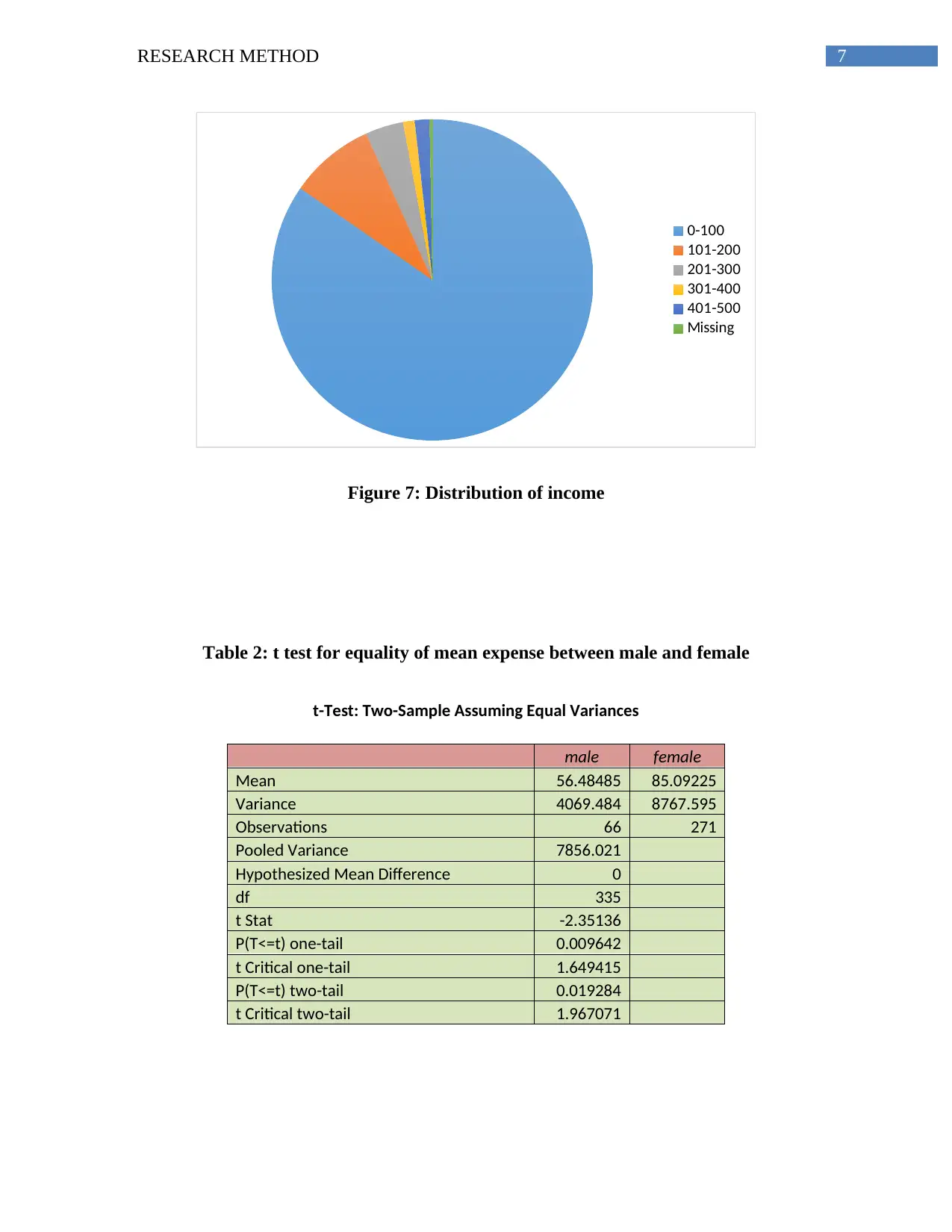
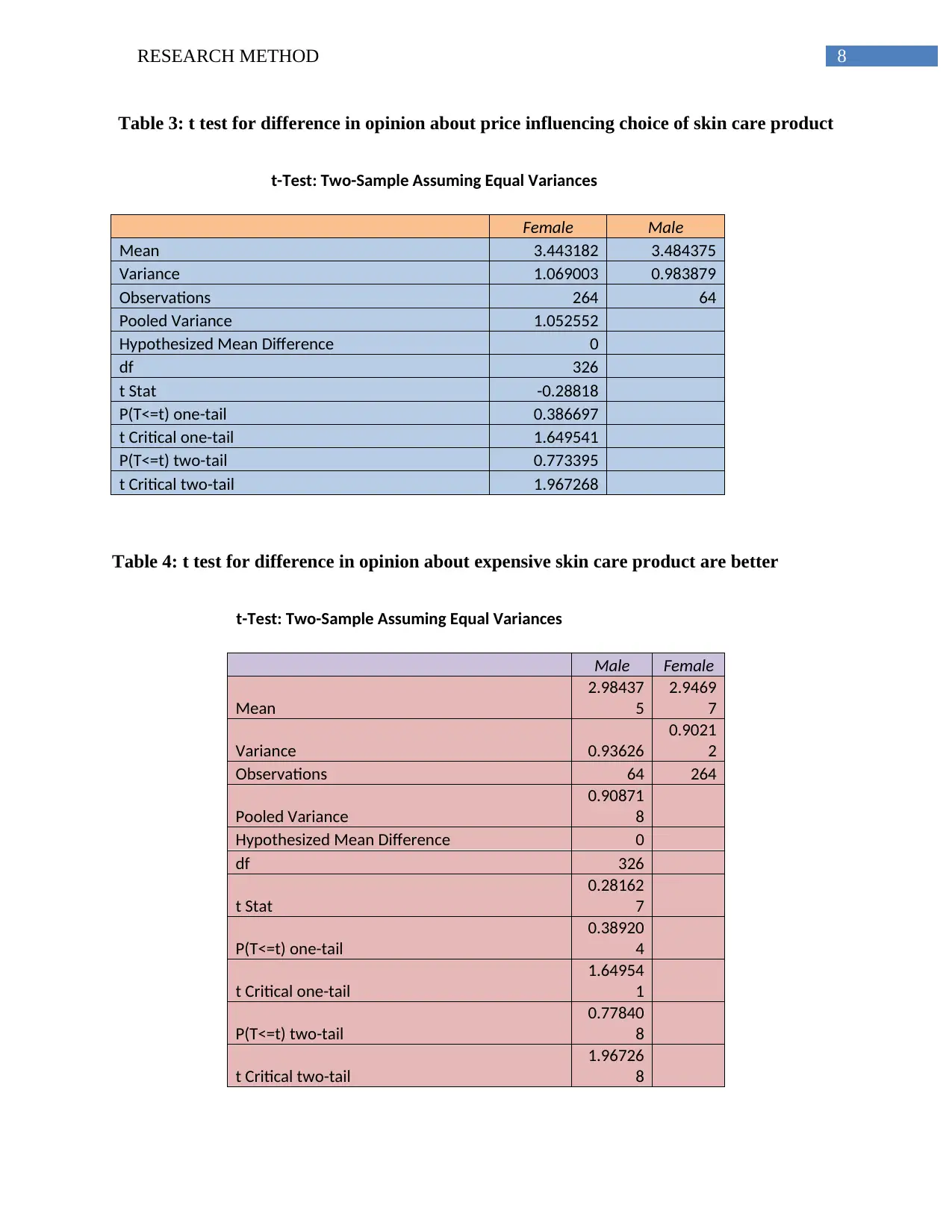








![[object Object]](/_next/static/media/star-bottom.7253800d.svg)